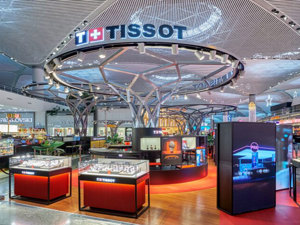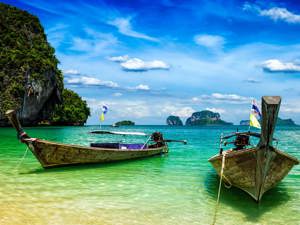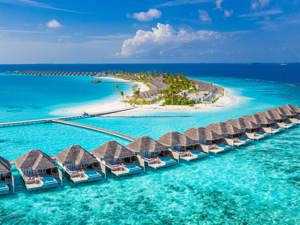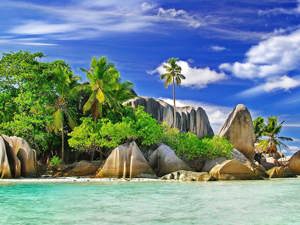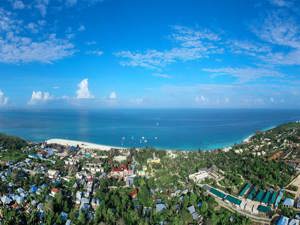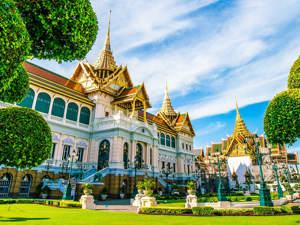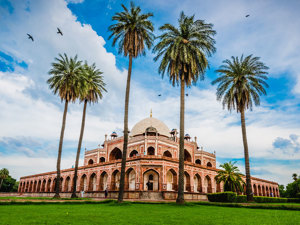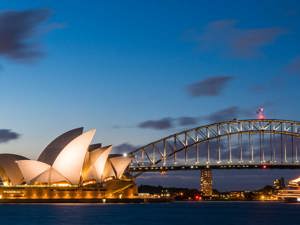A unique city situated on two continents, Europe and Asia
Istanbul extends along the banks of the Bosphorus Strait where the waters of the Black Sea join those of the Sea of Marmara. The European part of the city is divided into two by the Golden Horn, a strip of sea 7 kilometres long. Here Istanbul preserves examples of the three empires of which it was capital (Roman, Byzantine, Ottoman), revealing a fusion between East and West, past and present.
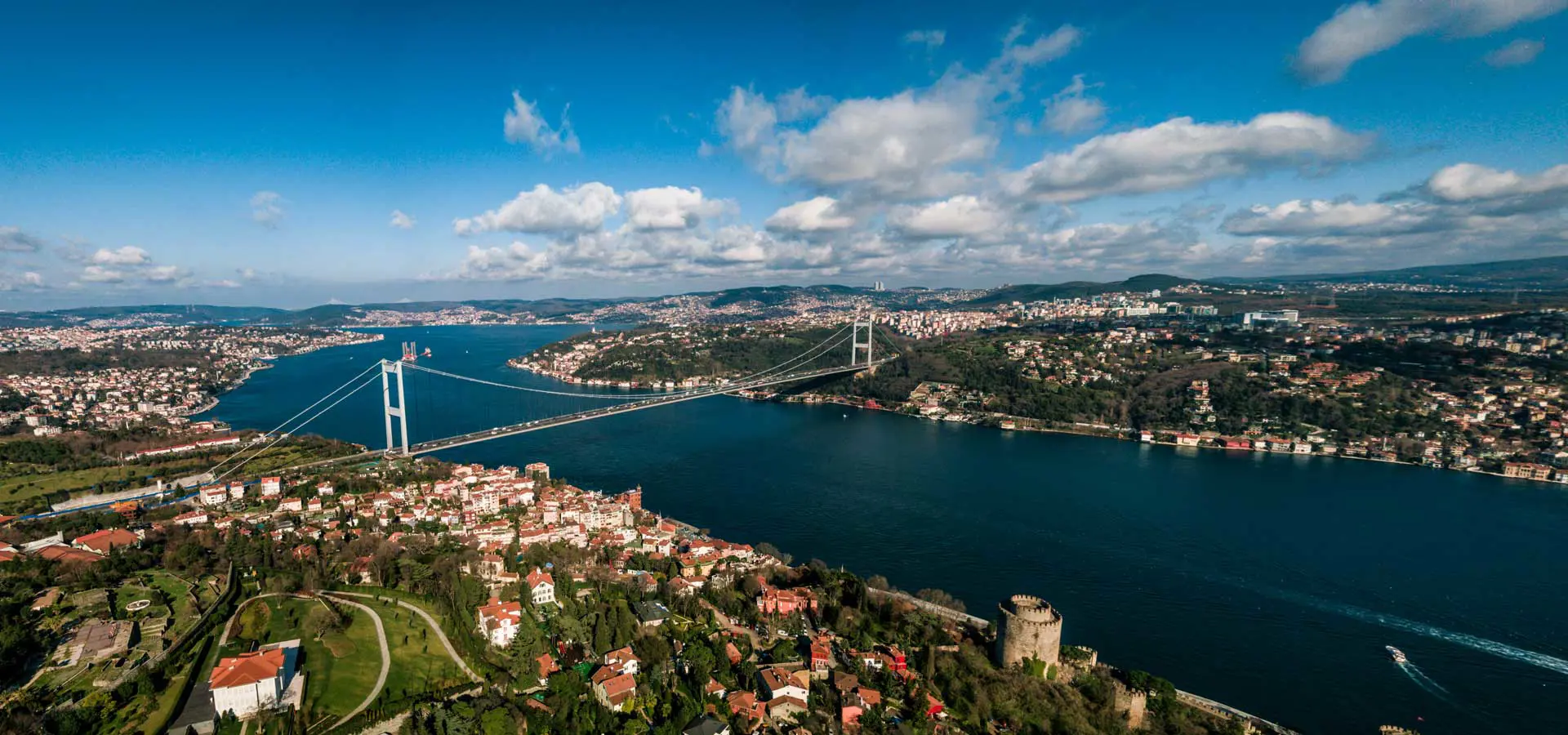
Copyright © Sisterscom.com / Shutterstock
The old city extends into the district of Sultanahmet, the historic heart of Istanbul and home to the main tourist attractions: Topkapi Palace, the Blue Mosque, Hagia Sophia, the Basilica Cistern and the Hippodrome. The main street is Divan Yolu, and here you can hop on a tram, which is the best way to get around.
The Archaeology Museums in Istanbul
In addition to the places mentioned, we recommend a visit to the Archaeology Museums, which houses a collection of Roman sarcophagi, Turkish majolica, Hittite artefacts and items from the pre-Islamic period of the Ottoman Empire. These museums exhibit the palace’s collections created in the nineteenth century by Osman Hamdi Bey and enlarged after the foundation of the Republic in 1923. They include the Museum of the Ancient Orient, the Archaeology Museum and the tiled Cloister. The Archaeology Museum’s neo-Classical building houses a collection of Hellenic, Hellenistic and Roman statues and sarcophagi.

The sarcophagus of Alexander at the Archaeological Museum of Istanbul Copyright © Sisterscom.com / Shutterstock
One of the most important pieces, for its beauty and bas-reliefs, is the Sarcophagus of Alexander, dating back to the IV century BC, found in Sidon in present day Lebanon. The Cloister tiled by Sultan Mahomet I and built in 1472, is the oldest secular Turkish building in Istanbul. Originally it was an external pavilion of the Topkapi Palace. Among the most significant pieces from the Museum of the Ancient Orient is the first peace treaty in the world, the Treaty of Kadesh dating back to the XIII century BC.
Taksim and Beyoğlu are instead hubs of the modern city. To the west of Sultanahmet is the Grand Bazaar, the focal point of a vast area that extends from the Sea of Marmara in the south to the hills of the Golden Horn in the north.

Mosque of Suleymaniye. Copyright © Sisterscom.com / Shutterstock
Dominating the area is the imposing Mosque of Suleymaniye. The city’s Byzantine Wall, still intact, is situated approximately 6 km to the west of the old city. From Sultanahmet or from Eminönü, it is easy to cross the Golden Horn from Galata Bridge, by entering the port area of Karaköy and continuing over the hill to Galata. At the north end of the bridge is the entrance to the Tünel, the underground funicular railway line that leads to Beyoğlu, an elegant nineteenth-century European district.

Taksim Square. Copyright © Sisterscom.com / Shutterstock
From the upper Tünel station, an old tram runs along the main street of Beyoğlu, Istiklal Caddesi, to Taksim Square, where most of the hotels, bars, clubs and restaurants in the modern city are located. The shopping districts of Harbiye, Levent, Etiler, Nisantasi and Sisliextend to the north of Taksim. After walking down the hill of Taksim, which overlooks the Bosphorus, you come across the panoramic districts of Tophane, Besiktas and Ortaköy. Beyond the strait, in Asia, the principal centres of Üsküdar, Haydarpasa and Kadiköy are teeming with shops, restaurants and bars with magnificent views over the other (European) side of the city.
Don’t miss to see in Istanbul
Istanbul is multi-faceted and immense: museums alternate with old churches, palaces and mosques.

Don’t miss a visit to the Museum of Hagia Sophia (Saint Sophia), the Spice Bazaar and the Genoan district with the Galata Tower.

The Genoan district with the Galata Tower. Copyright © Sisterscom.com / Shutterstock
But there’s much more to see in Istanbul: a trip on the Bosphorus by boat, the picturesque villages, the Dolmabahce Palace and the Istanbul Modern Museum.

Copyright © Sisterscom.com / Shutterstock
Other wonderful landmarks include the nine Princes’ Islands, an archipelago on the Sea of Marmara, which can be reached by ferry. On Büyükada Island, you can ride around by bike, swim or enjoy the views over the blue water and landscapes of mimosa trees and coloured scraps of cloth tied to bushes representing wishes (which, according to ancient folklore, will come true by climbing to the highest point of the island). Here motor vehicles are forbidden, only carriages are allowed. Stop to taste fresh fish and raki (aniseed liquor) and, at sunset, at the pier of Dilburnu, enjoy a view of the fiery skyline of Istanbul.
The specialties of Turkish cuisine
The Turkish cuisine, with the exception of some dishes that can be tasted all over the country, offers all numerous regional specialties.
The Black Sea region, to the north, offers maize and anchovy dishes. The south-east is famous for kebabs, meze (appetizers) and desserts like kadayıf, baklava and künefe.
The whole Mediterranean coast, Aegean Sea and the Sea of Marmara offers a Mediterranean cuisine rich in vegetables, aromas and fish. Central Anatolia is known for its kneaded specialties such as keşkek, mantı, especially from Kayseri and gözleme.
Text by Enzo Cuppatri and Nicolò Villa
Avion Tourism Magazine
Photos: Copyright © Sisterscom.com, Shutterstock / Depositphotos
Photos: Copyright © Sisterscom.com, Shutterstock / Depositphotos
Copyright © Sisterscom.com
Video: www.hometurkey.com
Tourism board
www.hometurkey.com
Partnership with Booking.com
Where to sleep in Istanbul

Istanbul. Copyright © Sisterscom.com / Shutterstock
Istanbul is a welcoming city and offers different possibilities for accommodation.
To find the ideal hotel and the best offers you can do a search for the stars but also for districts or landmarks.
DISTRICTS
Hotels in the districts
LANDMARKS
Hotels in tourist areas
WHERE TO GO in istanbul
Monuments of Istanbul

Copyright © Sisterscom.com / Shutterstock
TOPKAPI PALACE
In 1466 Sultan Mehmet decided to have a vast palace built to the ridges of old Byzantium Acropolis, to have a residential fortress built where Istanbul could be protected best.
The famous Ottoman historian Evliya Celebi describes the Topkapi Palace as “the loveliest sultanate palace that human skill could have created”. The Palace once Ottoman Sultans lived is visited by thousands of visitors from all parts of the world and is the most splendid monument of Istanbul.

Copyright © Sisterscom.com / Shutterstock
HAGHIA SOPHIA
Haghia Sophia, built on a hill in the centre of Old Byzantine, is a spectacular mosque. Was built in the years between 532 and 537 by the planned of Justinuanus. Responsible for the realization of the project were the mathematician Anthemius and Isidorus of Miletus who was a expert static and an architect. The construction of the Church was completed in six years and has been the most respected Church of Christianity for more than 1000 years. Nowadays Haghia Sophia is accepted to be the 8th wonder of the world, thanks also to its precious interior.

Copyright © Sisterscom.com / Shutterstock
DOLMABAHCE PALACE
Sultan Abdulmecit moved his court from Topkapi Palace to Dolmabache Palace in 1855. The Palace that was built in showy style called Sekerci Style, is built by the Armenian Balyan family. Its forms a complex with Dolmabahce Mosque and the Clock Tower. The interior decoration of the palace is in harmony with the complexity of the exterior surface wich extends as far as 500 meters parallel to the sea.

Copyright © Sisterscom.com / Shutterstock
SULTAN AHMET MOSQUE
The Sultan Ahmet Mosque, the sign of Istanbul and the favourite of Muslims tourists, was completed in 1616. Astonish for its big size, its six minarets and for its blue tile decoration and for this its called also “The Blue Mosque”. Built on a high hill at the shore of the Sea of Marmara across Haghia Sophia, inside the blue and withe tiles, the golden manuscripts of Koran, the red of the carpets and the numerous windows (more than 260) create a perfect harmony.
Museums in Istanbul
ARCHAEOLOGICAL MUSEUM
The Archaeological Museum of Istanbul is one of the richest in the world thank to its collections.
In the museum are exhibited tombs, Greek, Roman and Byzantine columns and busts of numerous Roman emperors but the most significant exhibition object of the museum is the Alexander Sarcophagus.
This famous work of art from 310 B.C. has been protected until now. Next to this exhibition the museum provides a unique collection of Babylon and Assyria work.
MUSEUM OF MODERN ART
The Istanbul Museum of Modern Art, Turkey’s first private museum to organize modern and contemporary art exhibitions, was founded in 2004 and occupies an 8,000 square meter site on the shores of the Bosphorus. The museum collect, preserve, exhibit and document works of Modern and Contemporary Art and hosts a broad array of interdisciplinary activities. Apart from permanent and temporary exhibition galleries the museum offers a cinema, a restaurant, a design store and an extensive library.
IMOGA - MUSEUM OF GRAPHIC ARTS
The Istanbul Museum of Graphic Arts is the first graphic arts museum where exhibited gravure, lithography, serigraphy, linoleum and takes place at the trail of Camlica in Asian side. IMOGA with the collection of 1200 works wich belong to over 80 artists Turkish and foreign that are famous in the trade, is one of the most important collections in the world. A six storeyed building, workshop and a library where some seminers and cultural activities are being arrangend.
Excursions in Istanbul and surroundings

Copyright © Sisterscom.com / Shutterstock
KAPALI CARSI (GRAN BAZAR)The Grand Bazaar, built in Ottoman style, has an area of 31,000 square metres and 4,000 shops, and is almost a city in itself. There are four entrance gates to the market: the skullcap sellers’ gate (Takkeciler), the second-hand booksellers’ gate (Sahaflar), the woman’s clothes sellers’ gate (Zenneciler) and the jewellers’ gate (Kuyumcular). The market sells all types of items and all shops are separated according to their sector. The Grand Bazaar is visited each day by more than half a million people.

Copyright © Sisterscom.com / Shutterstock
PRINCES' ISLANDS
The Princes’ Islands are an important destination for visitors who wish to relax among verdant nature. Motor vehicles are prohibited and getting around is by carriage. The name “Princes’ Islands” derives from the fact that, in the past, princes were sent here in exile. Today they are often just called “The Islands”. Kinaliada, Burgazada, Kasikadasi, Heybeliada, Buyukada, Sedefadasi, Tavsanadasi, Yassiada and Sivriada are the nine islands, which are inhabited for the most part by Armenian, Greek, Hebrew and Syrian minorities, and are all wonderful for walking, boating and even for eating excellent fish in the local restaurants.
Partnership with GetYourGuide
Discover all tours
News & Useful info
Shopping
Luxury
You might be interested in
Other destinations
Airports nearby Istanbul











